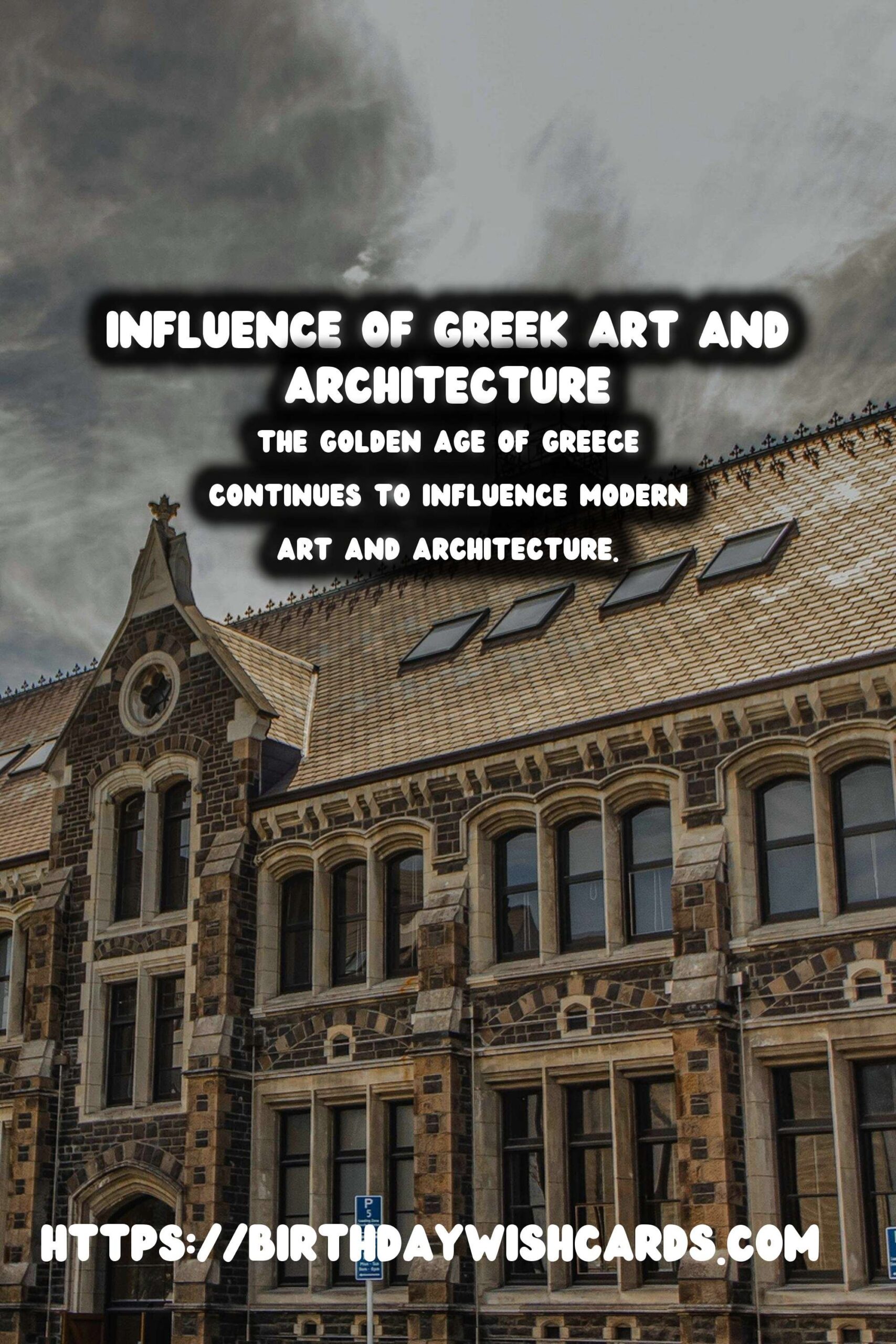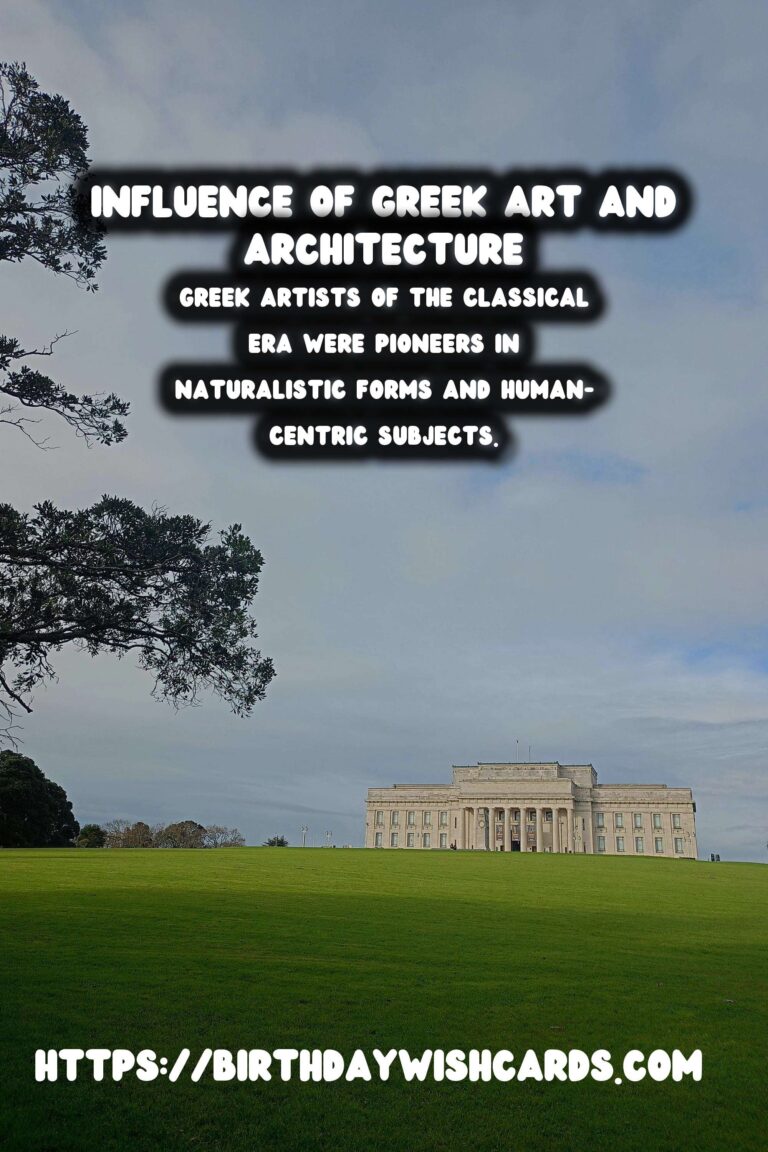
The period of the Golden Age of Greece, also known as the Classical Era, spans from roughly 500 to 300 BCE. It stands as one of the most revolutionary and fruitful times in Western history. The cultural and artistic accomplishments of this period have left an indelible mark on civilization and continue to influence modern art and architecture.At the height of its power, Greece wasn’t merely a collection of city-states, but a beacon of cultural refinement. The city of Athens epitomized this brilliance, leading the way with unprecedented innovations. This article delves into the unique characteristics of Greek art and architecture during this era and how they have shaped modern aesthetics.
A Blossoming in Art
During the Golden Age, Greek art evolved in its approach and techniques. This era witnessed artists striving towards more naturalistic forms and human-centric subjects. Characterized by realism and idealized beauty, Greek art captured the essence of the human experience.Perhaps the most significant symbols of Greek art from this period include the exquisitely crafted sculptures that depict gods, heroes, and athletes alike. Compelling works such as the ‘Discobolus’ (the Discus Thrower), created by the sculptor Myron, underline the Greeks’ obsession with symmetry, physical perfection, and movement. These masterpieces echoed a times’ essence where humanism was at the center of every design.
Revolutionary Techniques
The innovative techniques of the Golden Age set new standards in artistic expressions. Artists began using contrapposto, a stance that allowed them to produce more dynamic and realistic human figures. Other inventive techniques included advanced methods of rendering depth and perspective, which gave the illusion of dimensionality to flat surfaces.Color also played a significant role in Greek art. However, much of what we know about Greek colors comes from their pottery, as time has stripped many sculptures of their original paint. Pottery scenes, painted with a complex range of hues, offered narratives that explained daily life, mythology, and historic battles.
The Acme of Architecture
Greek architecture during the Golden Age was a testament to structural prowess and artistic expression. The most renowned style was the Doric order, epitomized by the Parthenon in Athens. This temple, dedicated to the goddess Athena, represents the zenith of architectural refinement with its proportional harmony and precision.The Greeks were also innovators in the use of the Ionic and Corinthian orders, each distinguished by their unique column designs. With this repertoire, they erected structures that not only served functional purposes but also uplifted the human spirit.
Architectural Innovations
The architects of the time were trailblazers in incorporating advanced features such as columns, friezes, and pediments. These elements organized spaces in ways that had never been seen before. Innovations like entasis—a subtle curvature in column shafts—counteracted optical illusions that might make columns appear to bulge. This attention to detail underscores their pursuit of perfection and balance.
Enduring Legacy
Despite the passage of centuries, the influence of the Golden Age of Greece remains palpable. Modern art and architecture draw heavily from the principles established by these ancient artists and builders. Neoclassical architecture, popular from the late 18th century onward, directly borrows Greek elements like columns and symmetrical layouts.Further, the philosophical ideals that inspired Greek artists—excellence, rationality, and a focus on the human experience—continue to resonate in contemporary art and culture.
Conclusion: A Timeless Inspiration
The Golden Age of Greece symbolizes a peak in human creativity and expression. The period’s advancements in art and architecture still inform our cultural frameworks today. By building structures and sculptures that seemed almost divine in their perfection, the Greeks have taught us the value of beauty and functionality. Understanding the contributions of this pivotal time in history helps us appreciate the enduring legacy of Greek innovation.
The Golden Age of Greece continues to influence modern art and architecture. Greek artists of the classical era were pioneers in naturalistic forms and human-centric subjects.
#AncientGreece #ClassicalEra

